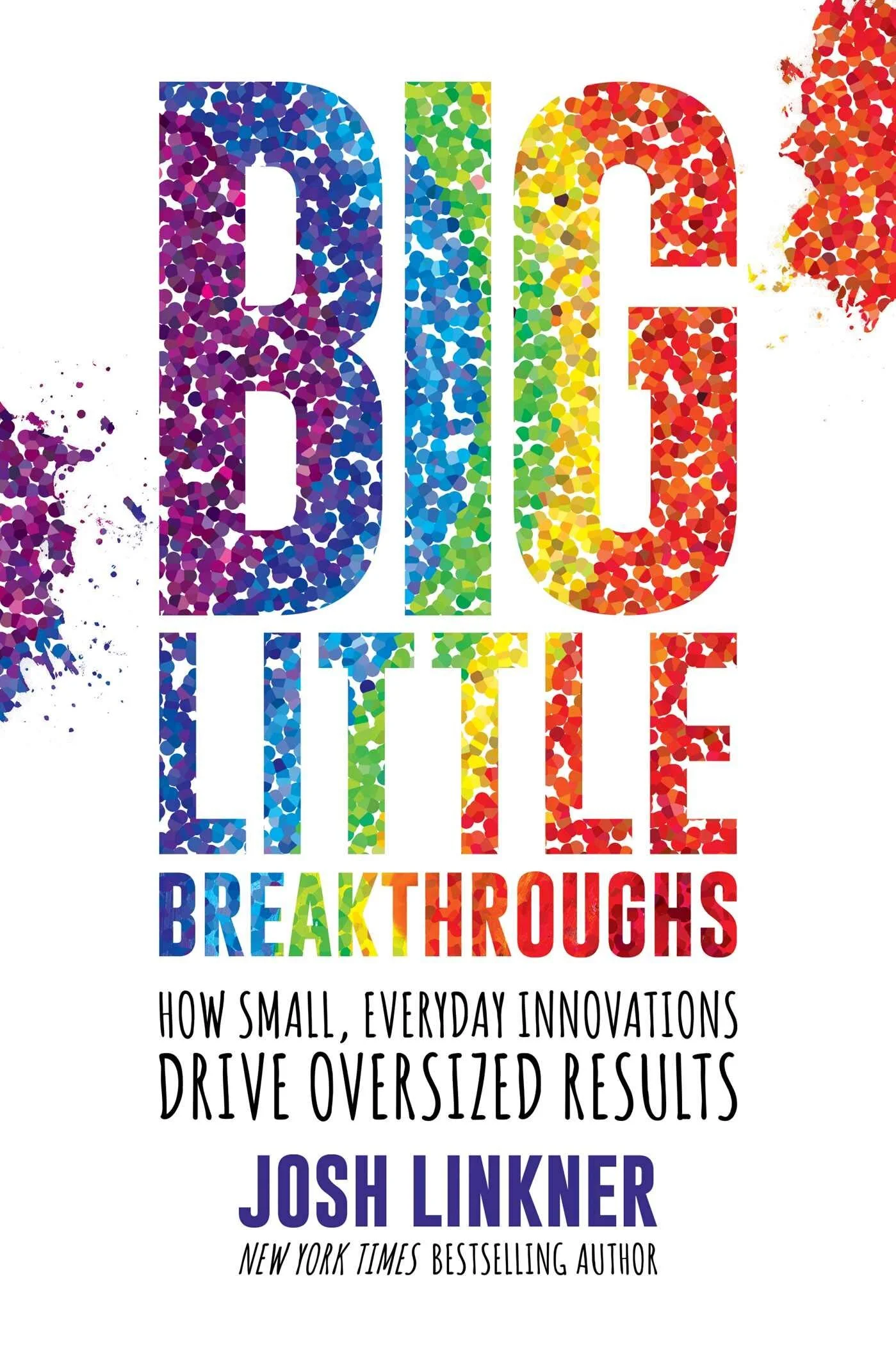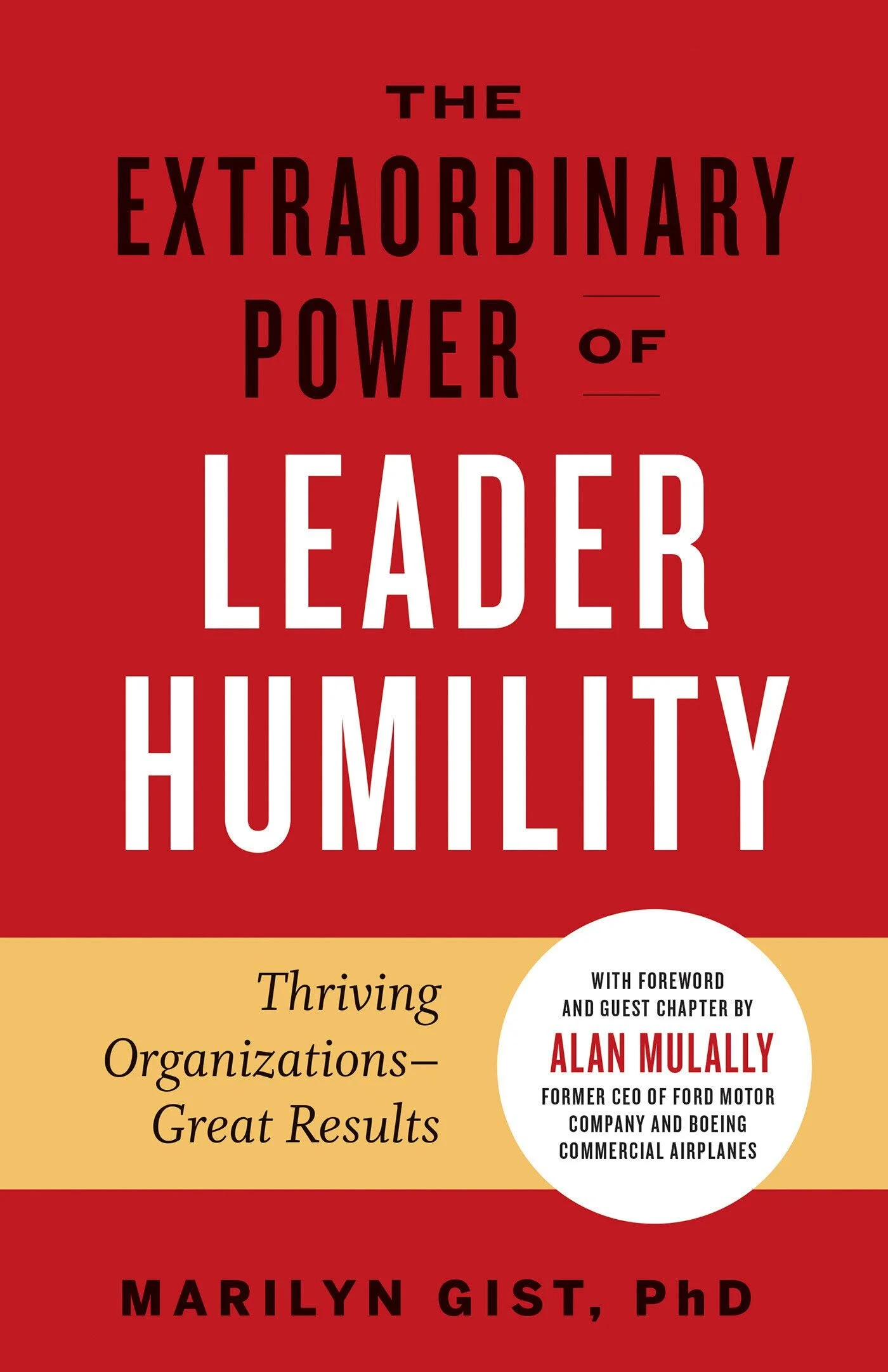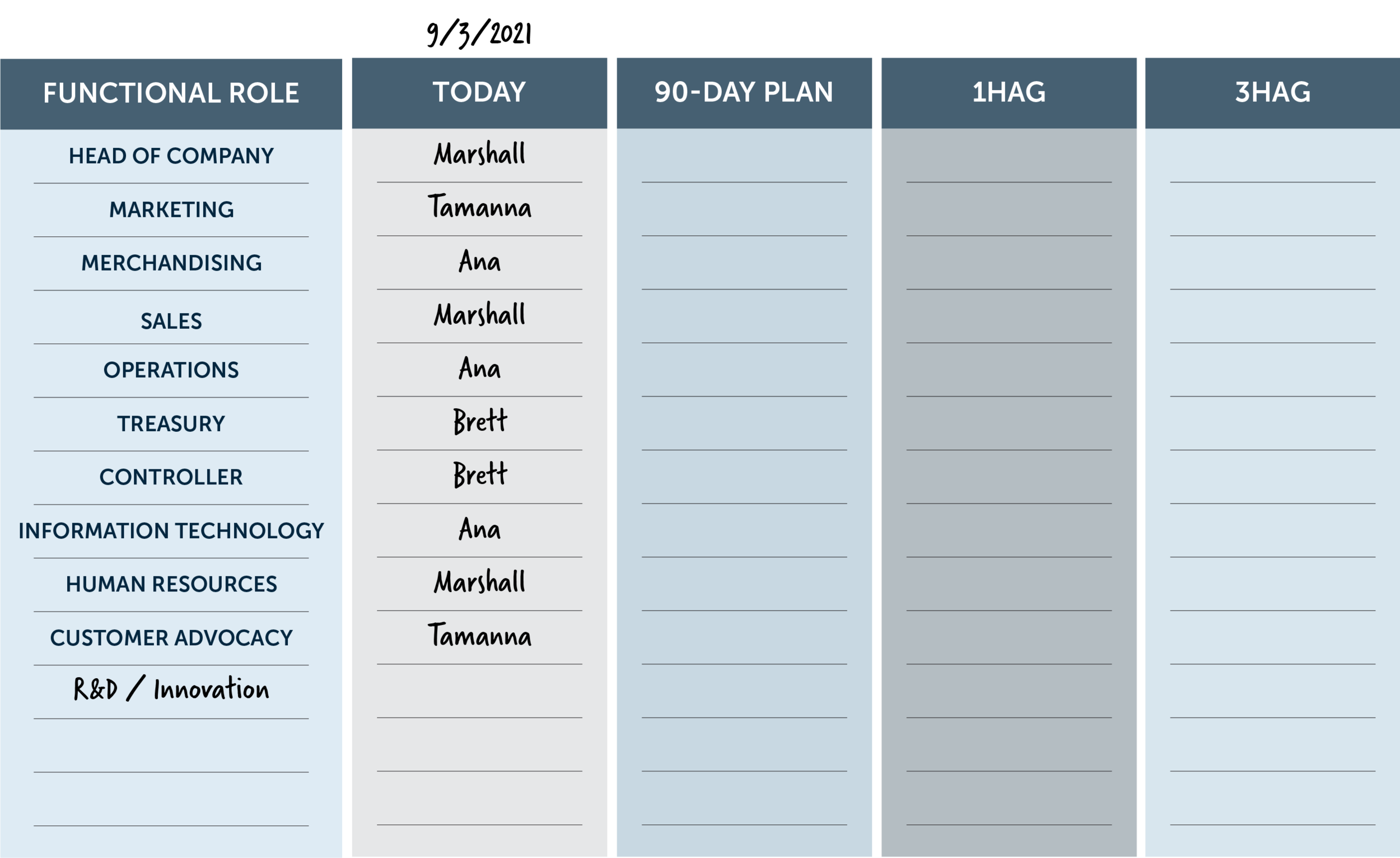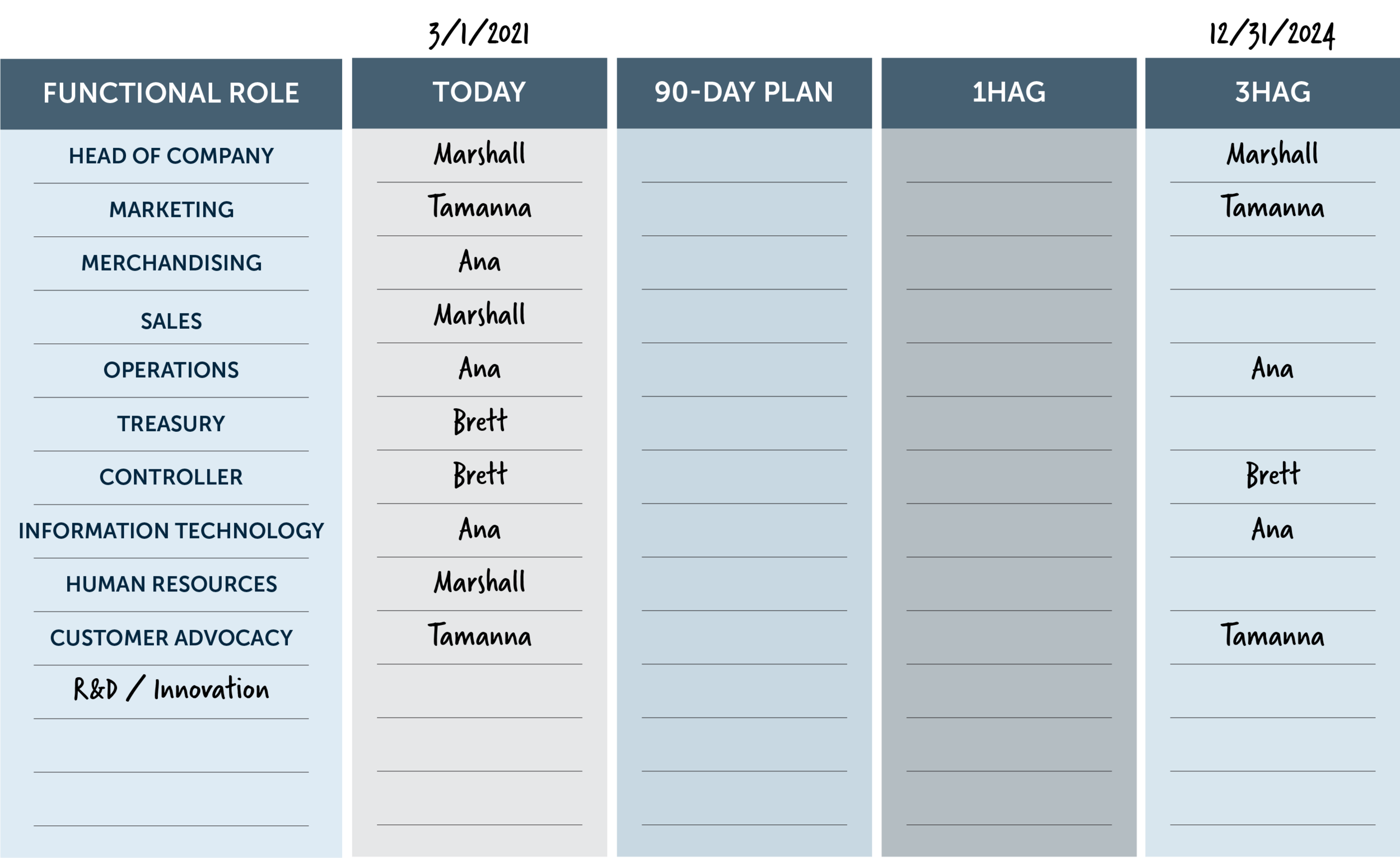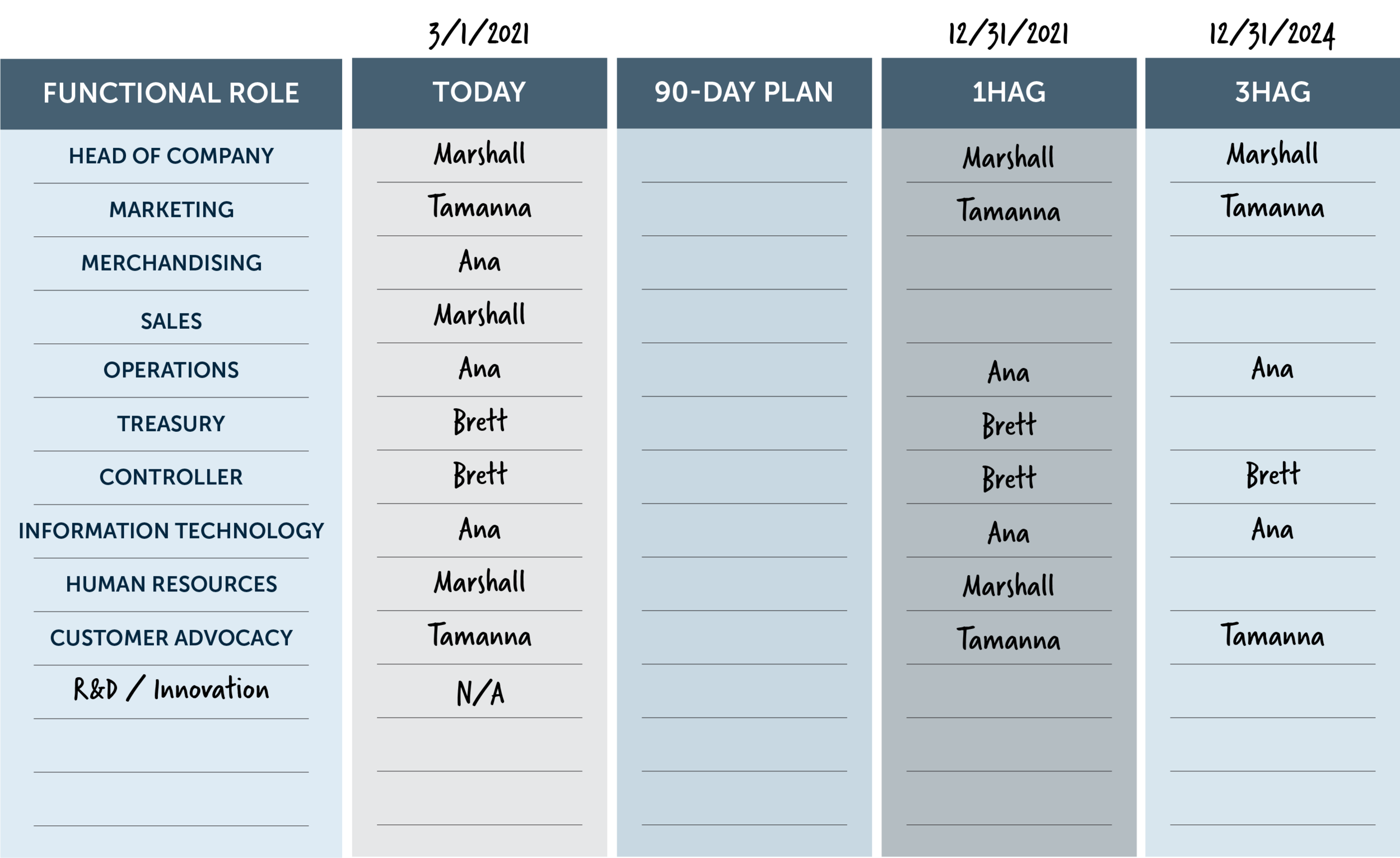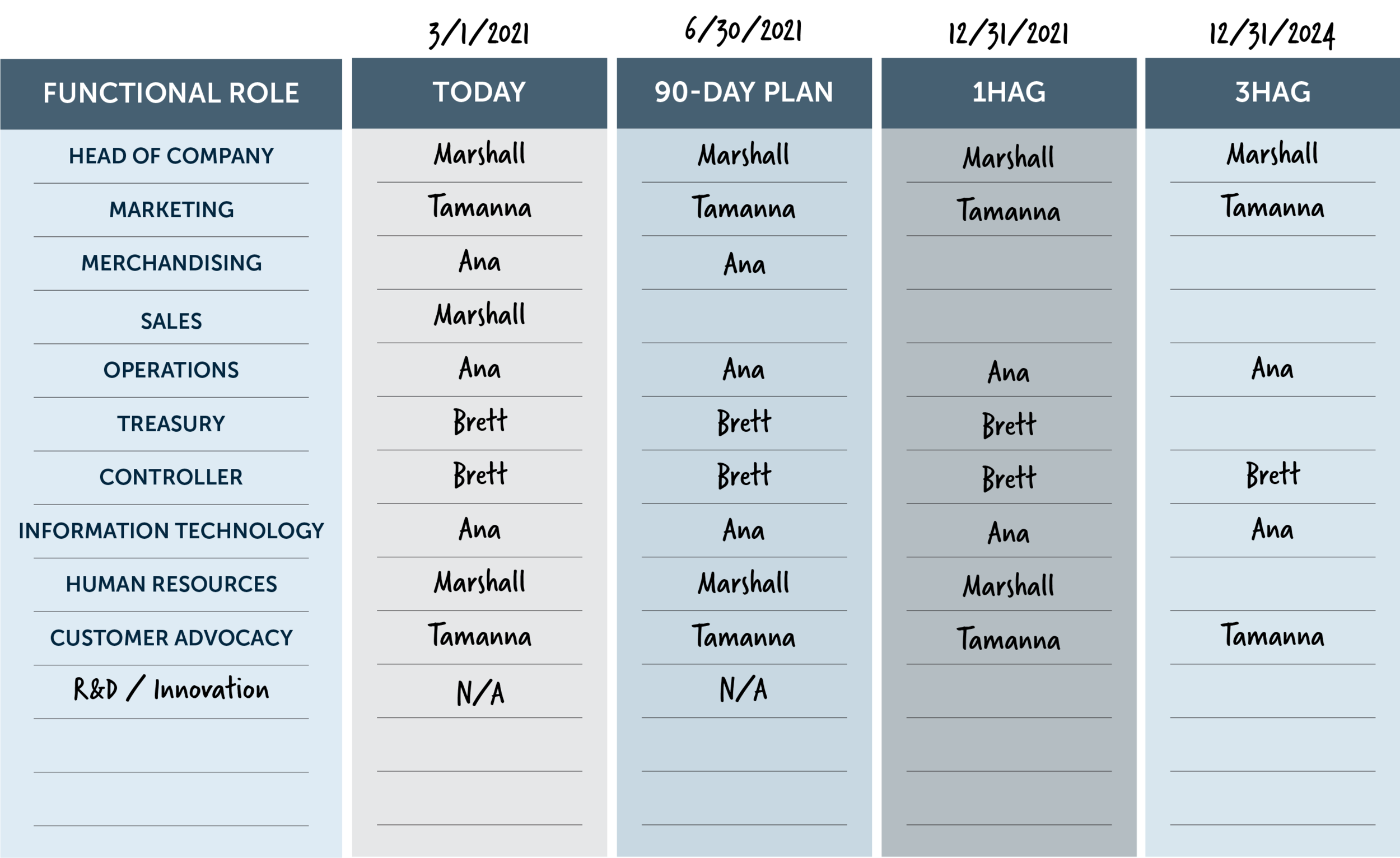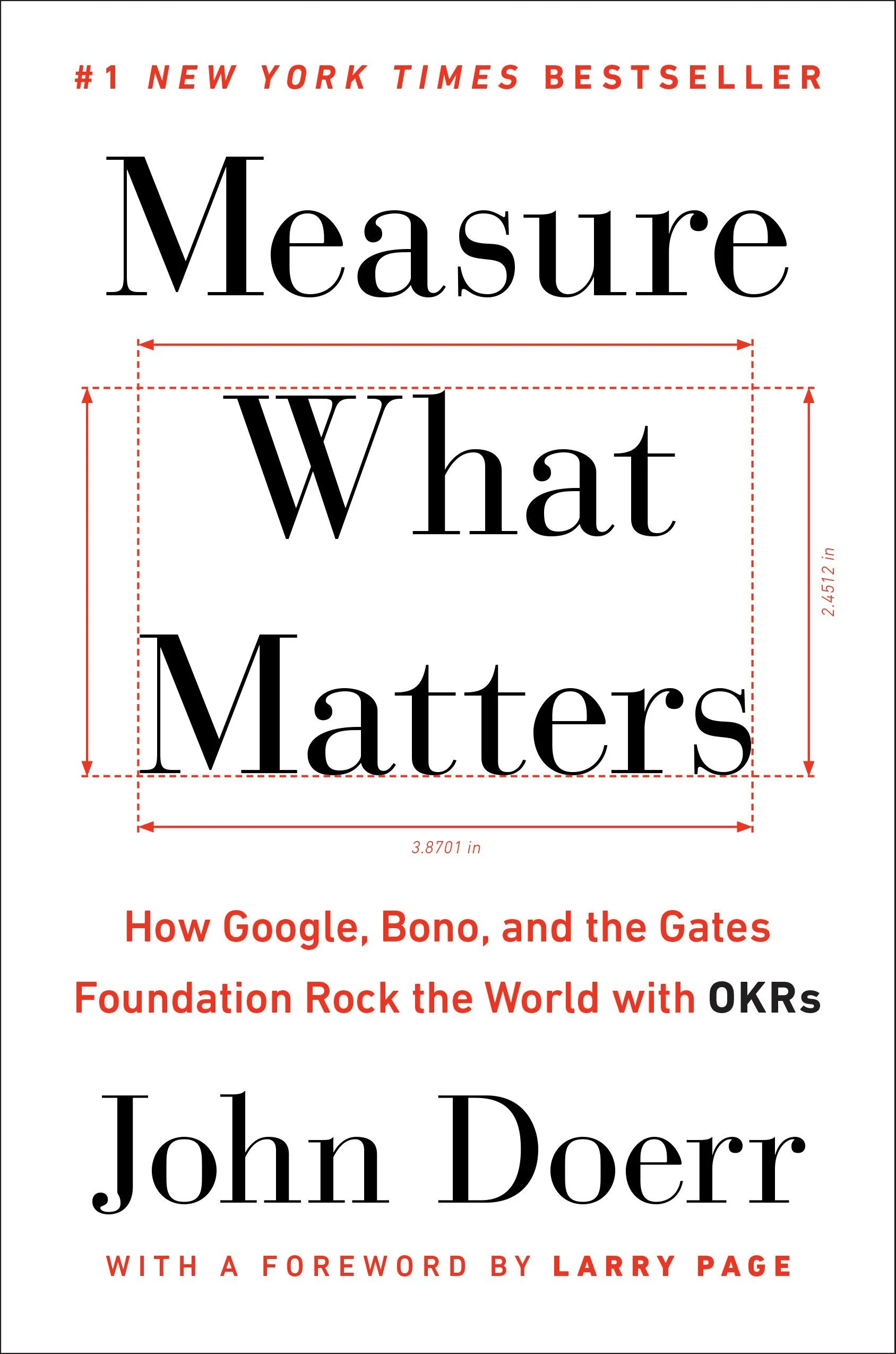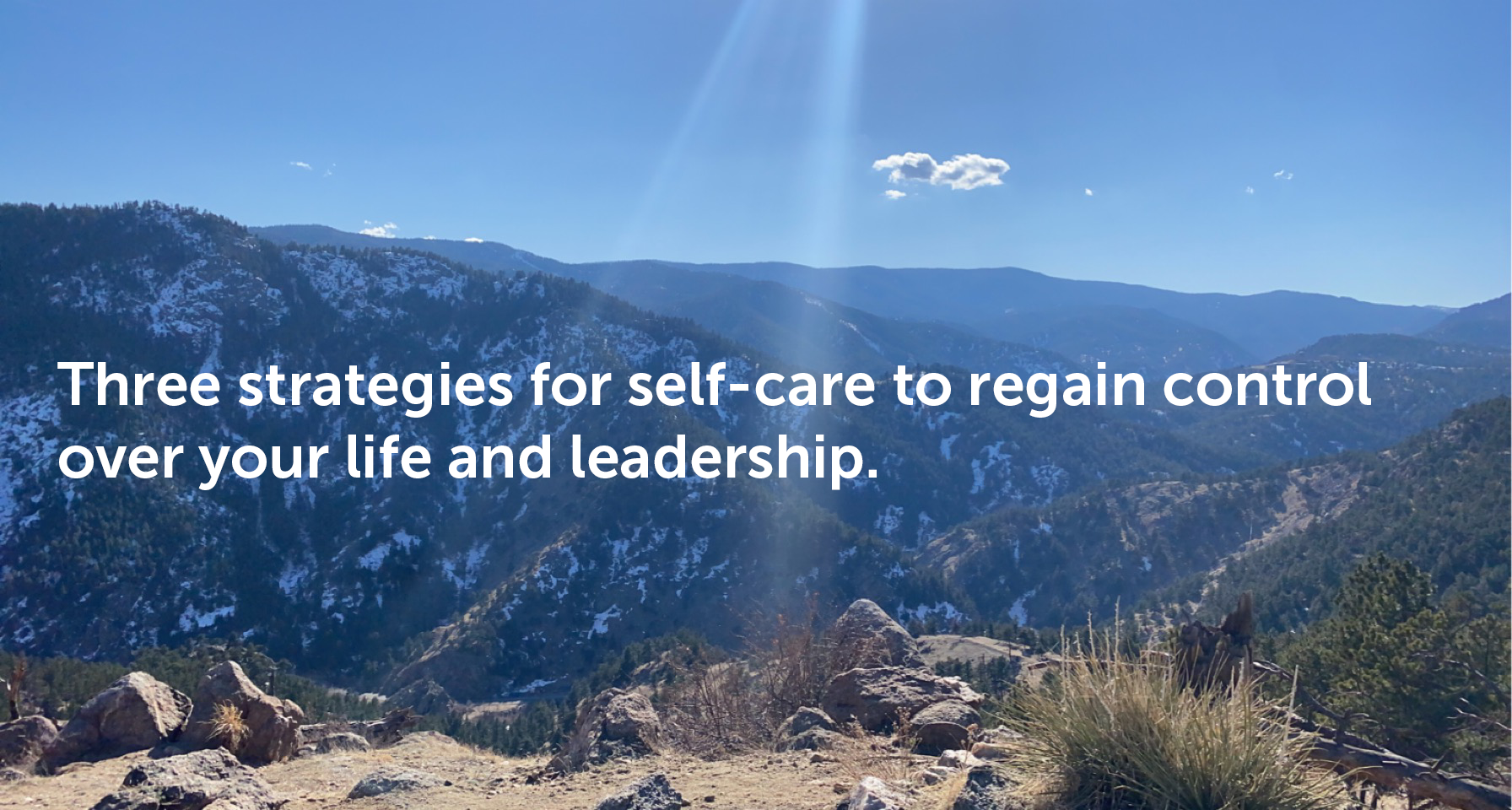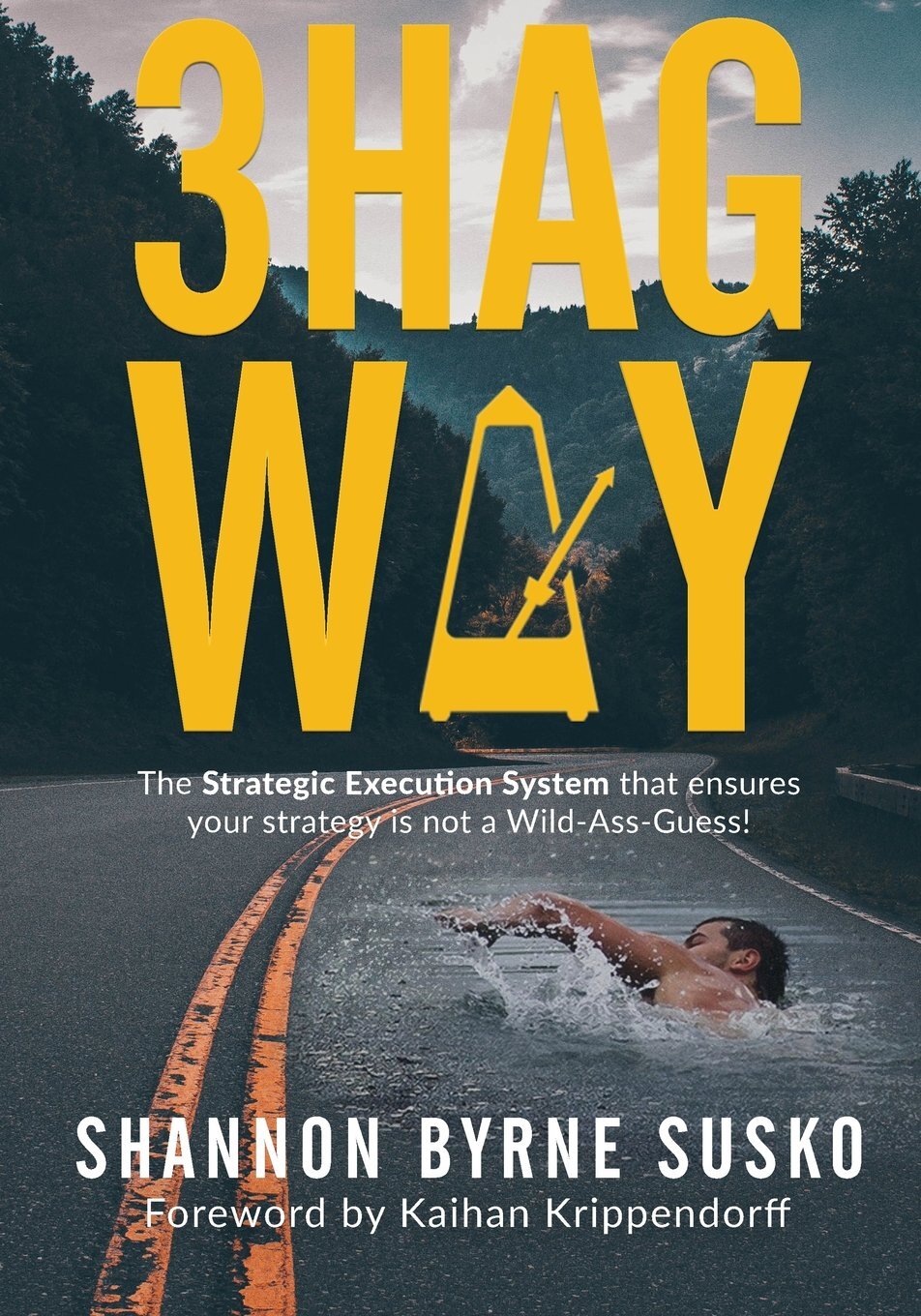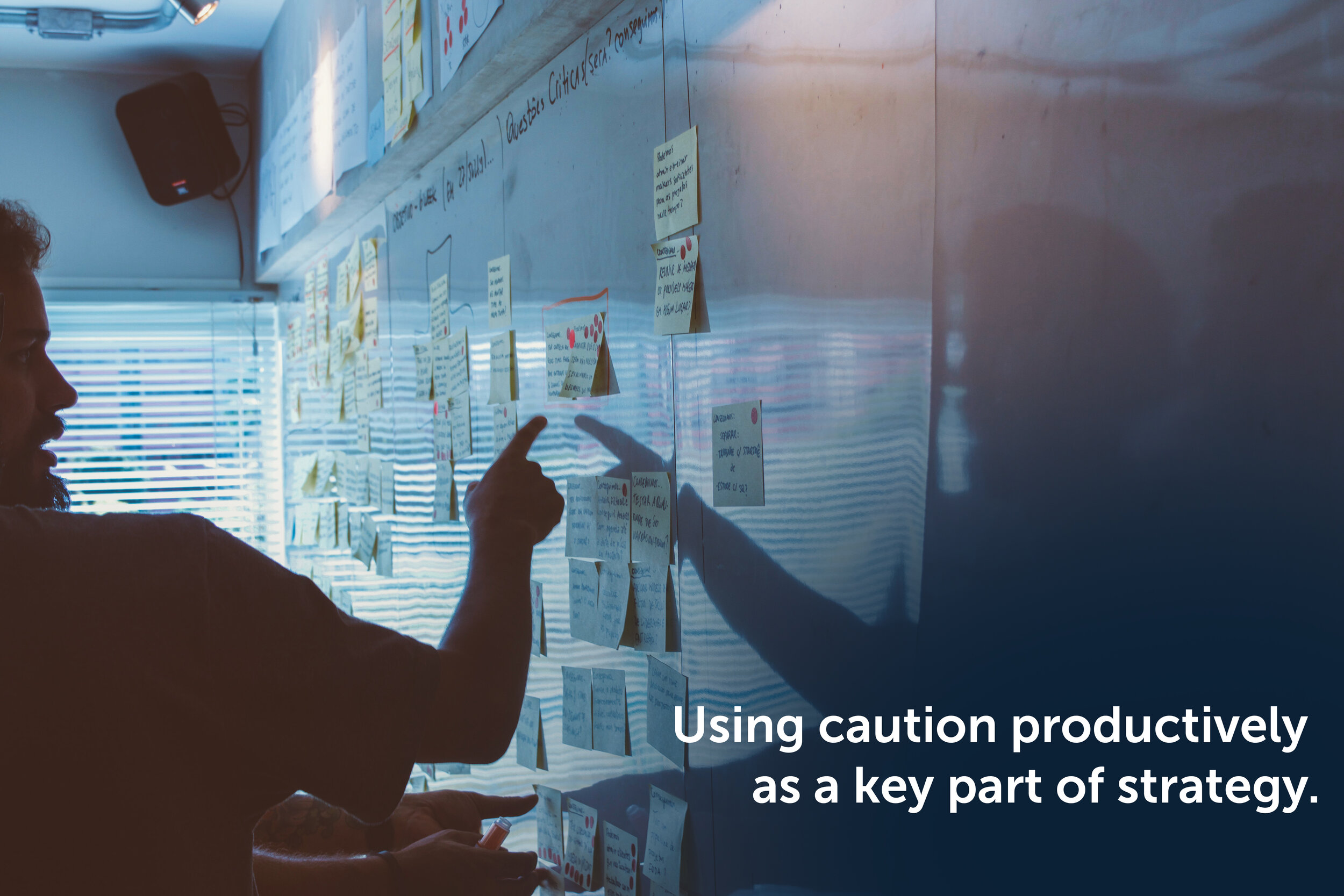As a part of our continued commitment to providing the best resources for leaders to better themselves and thrive, for our May Reading List, we recommend these two books: Big Little Breakthroughs: How Small, Everyday Innovations Drive Oversized Results by Josh Linkner, and The Extraordinary Power of Leader Humility: Thriving Organizations – Great Results by Marilyn Gist, PhD.
Big Little Breakthroughs: How Small, Everyday Innovations Drive Oversized Results - Josh Linkner
A surprisingly simple approach to help everyday people become everyday innovators.
The pressure to generate big ideas can feel overwhelming. We know that bold innovations are critical in these disruptive and competitive times, but when it comes to breakthrough thinking, we often freeze up.
Instead of shooting for a $10-billion payday or a Nobel Prize, the most prolific innovators focus on Big Little Breakthroughs—small creative acts that unlock massive rewards over time. By cultivating daily micro-innovations, individuals and organizations are better equipped to tackle tough challenges and seize transformational opportunities.
How did a convicted drug dealer launch and scale a massively successful fitness company? What core mindset drove LEGO to become the largest toy company in the world? How did a Pakistani couple challenge the global athletic shoe industry? What simple habits led Lady Gaga, Banksy, and Lin-Manuel Miranda to their remarkable success?
Big Little Breakthroughs isn’t just for propeller-head inventors, fancy-pants CEOs, or hoodie-donning tech billionaires. Rather, it’s a surpassingly simple system to help everyday people become everyday innovators.
The Extraordinary Power of Leader Humility: Thriving Organizations – Great Results - Marilyn Gist, PhD
“This inspiring book belongs on the desk of every CEO and politician. With eye-opening case studies and recommended behaviors in every chapter, it's an indispensable user guide for servant leaders.”
—Ken Blanchard, coauthor of The New One Minute Manager and coeditor of
Servant Leadership in Action
On the most fundamental level, leaders must bring divergent groups together and forge a consensus on a path forward. But what makes that possible? Humility—a deep regard for the dignity of others—is the key, says distinguished leadership educator Marilyn Gist.
Leadership is a relationship, and humility is the foundation for all healthy relationships. Leader humility can increase engagement and retention. It inspires and motivates. Gist offers a model of leader humility derived from three questions people ask of their leaders: Who are you? Where are we going? Do you see me? She explores each of these questions in depth, as well as the six key qualities of leader humility: a balanced ego, integrity, a compelling vision, ethical strategies, generous inclusion, and a developmental focus.
Much of this book is based on Gist's interviews with a dozen distinguished leaders of organizations such as the Mayo Clinic, Costco, REI, Alaska Airlines, Starbucks, and others. And the foreword and a guest chapter are written by Alan Mulally, the legendary leader who brought Ford back from the brink of bankruptcy after the 2008 financial collapse and whose work is an exemplar of leader humility.






